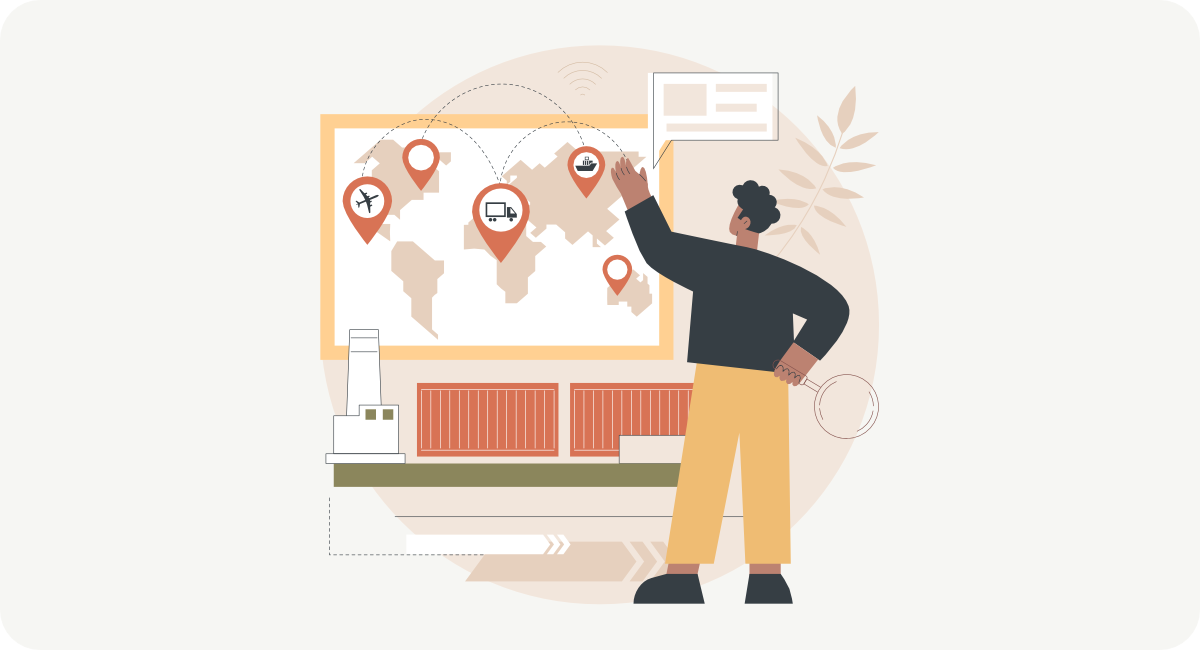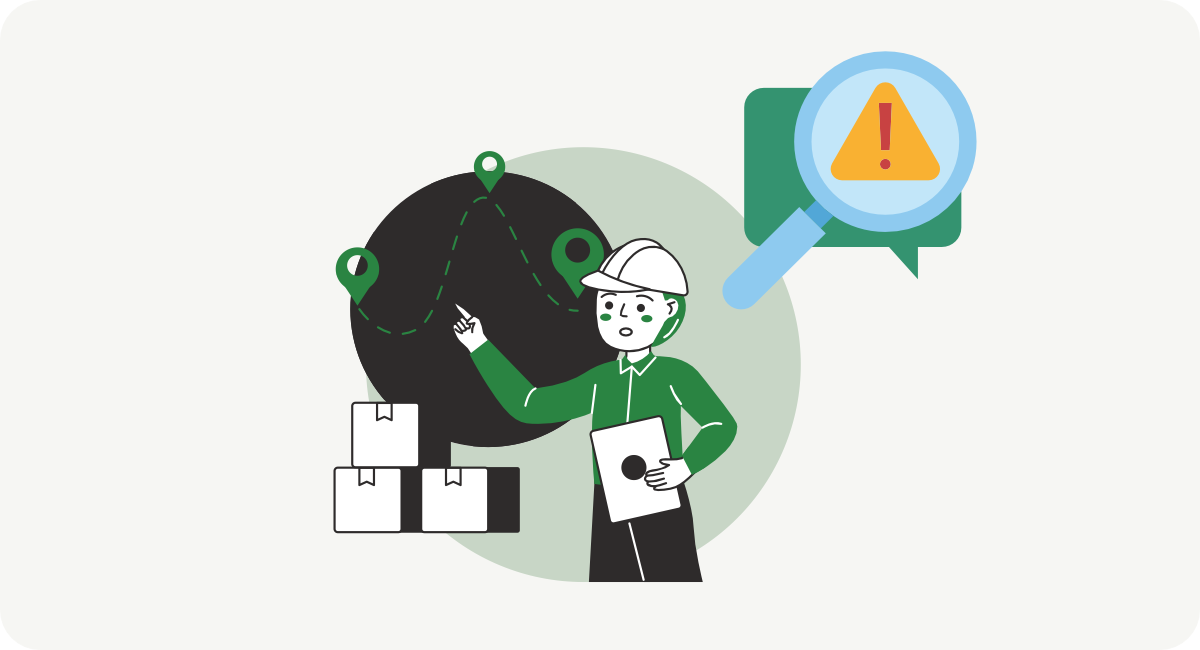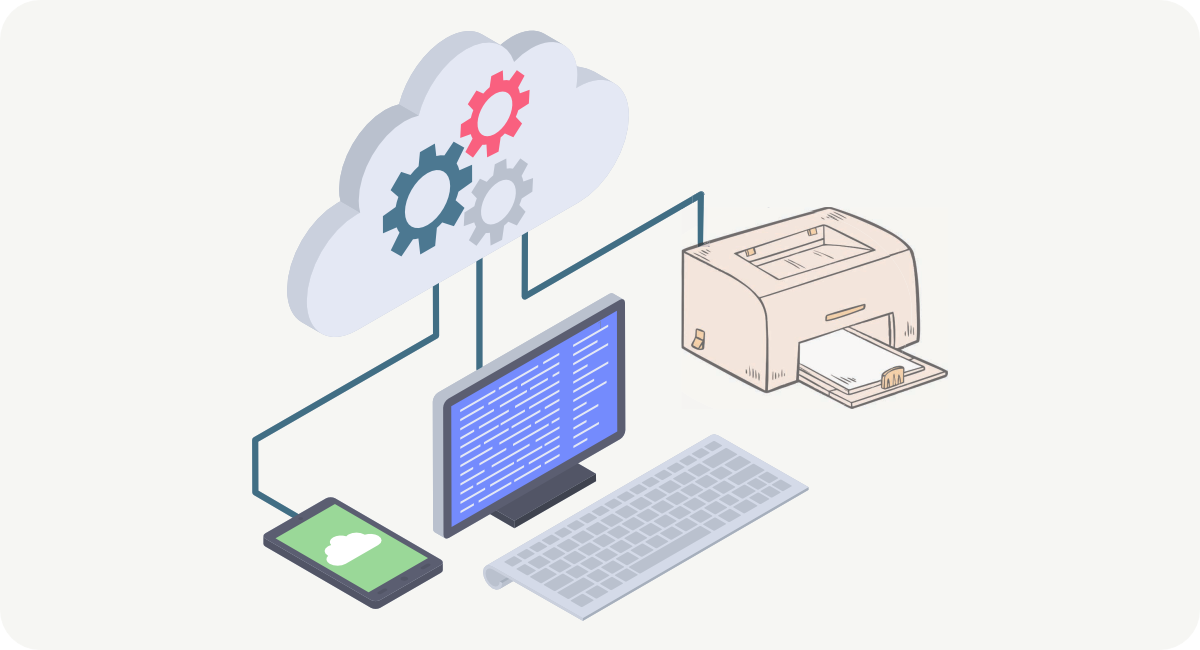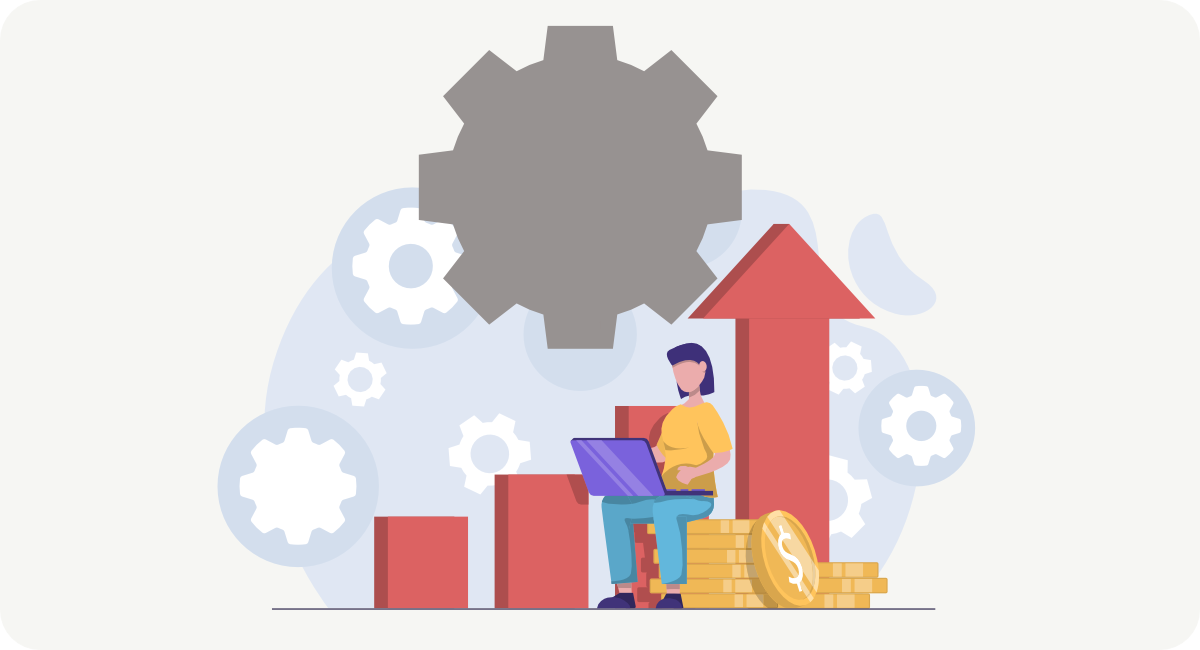Date: 02 May 2023
Businesses of all sizes are constantly evolving their labeling strategies. They do so in order to expand supply chain agility, improve traceability and ensure continuous operations. In recent years, labeling trends such as cloud-based labeling systems have become a major area of investment in many industries.
This blog article will explore the 5 major labeling trends of 2023. They were identified by our partner Loftware in their 10th annual report titled “Top 5 Trends in Labeling & Packaging Artwork”. The detailed report bases its findings on data from close to 500 professionals in 55 different countries.
1. The Cloud becomes a deferred deployment method
 According to Gartner, more than 50% of organisations are expected to use industrial cloud platforms by 2027. The cloud thus becomes the preferred deployment technique for business applications and increasing supply chain efficiencies.
According to Gartner, more than 50% of organisations are expected to use industrial cloud platforms by 2027. The cloud thus becomes the preferred deployment technique for business applications and increasing supply chain efficiencies.
One of the sectors that is expanding significantly is cloud-based labelling. It enables businesses to accelerate deployment, take corrective action to remove bottlenecks, and enhance cooperation and customer service. It also guarantees compliance, reduces order fulfilment times and future-proofs their labelling operations.
Labeling in the Cloud provides a single integrated method for central sourcing and management of content, label types, approval procedures, and workflows. Cloud-first techniques ease the pressure on limited IT resources and facilitate growth. They make it simpler to expand labelling to additional facilities and maintain accuracy and consistency.
Moreover, cloud-based labelling enables businesses to scale labelling throughout their whole economic environment. Another advantage is that it increases productivity, and sustains current systems and user interactions. It makes the labelling system more flexible, providing customers greater freedom to upgrade, add, or grow their technological infrastructure resources.
Historically, there have been economic obstacles that prevented small to mid-sized businesses from utilising on-premise enterprise software solutions. These challenges are removed with cloud labelling and artwork management. Cloud-first methods make sure there is no need for a huge IT workforce or an unlimited budget. Anyone can now use the potential of unified, cloud-based solutions.
Cloud labelling and artwork management solutions provide automatic software updates, billing based on subscriptions, and scalability. This allows businesses to direct funds towards other essential operating costs and concentrate on growing their enterprises.
2. Traceability is even more important
 Due to consumer participation, anti-counterfeiting initiatives, and legal requirements, the significance of traceability in the global supply chain has expanded. Businesses add new partners, expand into new areas, and work to satisfy growing customer needs. As they do that, new degrees of visibility are needed to guarantee supply chain transparency.
Due to consumer participation, anti-counterfeiting initiatives, and legal requirements, the significance of traceability in the global supply chain has expanded. Businesses add new partners, expand into new areas, and work to satisfy growing customer needs. As they do that, new degrees of visibility are needed to guarantee supply chain transparency.
To preserve goods, safeguard patients, manage inventories, and ensure prompt delivery to market, traceability technologies have become essential. Furthermore, companies require solutions that facilitate quicker reaction times to manage potential recalls and prevent hazards from falsified and counterfeit items.
Another trend to note is that globalization poses risks as well as creates opportunities for businesses. Companies must find new approaches to guarantee traceability and lower risks along the growing global supply chain as they embrace globalization. Quicker response times are crucial for managing recalls, and enterprising labels are the means by which pertinent information such as finished product data is transported.
Also, businesses must concentrate on improving labelling and packaging techniques while achieving new corporate responsibility objectives regarding sustainability. Digital traceability can assist businesses in living up to their sustainable commitments. It can be helpful by tracking items upstream and downstream, controlling the product lifecycle, and assuring sustainable sourcing.
Smart supply chains can minimize inventory, eliminate waste, and guarantee that all goods are manufactured, shipped, and delivered correctly. They can also track, trace, and authenticate products throughout their journey.
3. Supply chain problems continue to affect business
 Due to the current structure of global supply chains, businesses are increasingly looking towards alternate strategies to improve operational efficiency. As more companies understand the link between labels and supply chain health, cloud-based labelling becomes a major area of investment. By offering centralised access to manage quick and simple label changes, cloud labelling offers scalability, flexibility, and operations with no interruptions.
Due to the current structure of global supply chains, businesses are increasingly looking towards alternate strategies to improve operational efficiency. As more companies understand the link between labels and supply chain health, cloud-based labelling becomes a major area of investment. By offering centralised access to manage quick and simple label changes, cloud labelling offers scalability, flexibility, and operations with no interruptions.
Remote label access is one of the major advantages of cloud labelling solutions. This feature is essential for managing a supply chain that is distributed around the globe.
To guarantee accuracy and consistency, remote users can access a library of approved label templates. They can also verify correctness by previewing and comparing label output from new sites to labels produced at earlier locations. Moreover, suppliers can gain access to centralized labeling content using cloud labeling systems. This helps remove the need to relabel items and prevents delays, downtime, and mistakes.
Organisations can guarantee business continuity, supply chain agility and risk reduction by investing in cloud labeling solutions. They can quickly and easily move labeling processes from one location to another and provide role-based security to suppliers. This enables more control and flexibility in effective supply chain management (SCM).
4. Increased desire for a “one solution prints all” standardized platform
 Businesses are looking for an all inclusive solution that has the capabilities to meet their every product labeling need. It also has to facilitate bringing products or services to market promptly and efficiently.
Businesses are looking for an all inclusive solution that has the capabilities to meet their every product labeling need. It also has to facilitate bringing products or services to market promptly and efficiently.
Currently, there is a demand for printing on a wide range of different sourced raw materials. The materials include flexible and hard plastic, wood, concrete, curved surfaces, and more. This demand triggers the need for a solution which can manage production for many different tools. Direct thermal and thermal transfer label printers, laser and color inkjet printers, marking inkjet printers, visual inspection systems, digital print devices and more, all have to be supported.
Shorter production runs, quicker turnaround times, and more stringent client demands have all contributed to the evolution of the labeling industry. But, for businesses employing a diverse range of print technologies, controlling problems, training personnel, and configuring lines using numerous systems has proved difficult.
Conventional purpose-built software is more difficult to integrate. It also poses consistency problems and adds extra processing and lead time to switchover management. Companies nowadays, however, prefer a unified user interface for coding and marking across distribution channels, suppliers, production and warehouses.
Regardless of brand or technology, businesses can benefit from contemporary intelligent solutions that automate coding and labelling along production lines. This kind of automated labeling process provides business rules and easy integration. This speeds up user entry and makes use of the right data to guarantee accuracy.
Furthermore, it provides a more user-friendly interface. This convenience allows them to control every coding and marking device regardless of the specific requirements. The most integrated print automation technologies handle all label printing devices from one location and integrate with one source of accuracy. They provide operators with an easy interface so they can work quickly and error-free to increase productivity.
5. Companies adopt composable business model for agility and resiliency
 Many stakeholders participate in the label design and revisions of the entire label or artwork. A customizable and automated labelling and artwork management solution, however, can give different stakeholder groups control. This protects the integrity of the entire label while allowing certain users to manage and edit a single element or section of it. Business agility and speed to market are thus increased by streamlining workflow procedures and enabling digital review and approval cycles for packaging artwork.
Many stakeholders participate in the label design and revisions of the entire label or artwork. A customizable and automated labelling and artwork management solution, however, can give different stakeholder groups control. This protects the integrity of the entire label while allowing certain users to manage and edit a single element or section of it. Business agility and speed to market are thus increased by streamlining workflow procedures and enabling digital review and approval cycles for packaging artwork.
Also, businesses are having trouble keeping up with the demand for diversity and dynamic data for packaging and labelling. Companies can benefit from a digital platform that integrates with various sources of truth by using accurate and consistent data to populate labels and packaging artwork anytime, anywhere. Users of this kind of solution may easily and rapidly address complicated variability in labelling and package artwork while managing changing requirements and label modifications.
In addition, as the volume of content needed for labeling and packaging artwork continues to rise considerably, businesses are concerned with visibility and management of enormous amounts of changeable content. In order to store, manage, and access all content from a single, central, and immediately reachable location, businesses are searching for a streamlined strategy.
With such an end-to-end cloud-based solution businesses can centrally manage all of their material to maintain brand consistency and assure compliance. Finally, implementing a composable business architecture and supply chain model empowers organisations to manage growth and development, expanding labelling and artwork management across their company with efficiency, precision, and control.
CONCLUSION
In conclusion, Loftware's 10th annual report identifies the top 5 labeling trends of 2023. These include the increasing importance of traceability and the impact of traditional supply chain issues on businesses. The trends also highlight the desire for a “one solution prints all” platform, and smart labeling solutions for enhanced agility.
As more companies understand the direct link between labeling and supply chain health, cloud-based labeling systems are likely to continue to gain in popularity in the coming years.


Post comment